
Women’s protest against the severe restrictions on their freedom and bodily autonomy spread to many other sectors and issues.
Public i: Just start with a basic overview of what’s happening now and what sparked it, an update on the latest, and also what do you think people should know that isn’t being covered in the mainstream US media.
Faranak Miraftab: On the surface what sparked it was a young woman from Kurdistan of Iran, [Jina] Mahsa [Amini] [Editors’ note: although the name Mahsa has become a rallying cry across Iran and the world, it was forced by Persian ethnocentric naming regulations; her family used her original Kurdish name, Jina] who was indeed wearing a hijab [head/hair covering, (allegedly) required by Islam for women], but the morality police found not properly done, arrested her and in custody beat her up so badly she ended up in coma at a hospital where two women journalists were able to take pictures and publicize the case. The journalists were arrested shortly after and are still in prison.
Mahbubeh Moqadam: The accusation is they are led by foreigners.
FM: Mahsa’s burial in Kurdistan became a scene of protests, the rage and the slogan “Woman, Life, Freedom” rose from her graveyard and spread across the country which resulted in more killings by the regime at the protest scenes. They learned to not release the bodies to avoid protests at funerals. The second one which made a lot of noise was Nika [Shahkarami], they buried her body secretly overnight. She was from another ethnic minority, the Luri. In Iran, we gather on the third, on the seventh and on the fortieth day [after a death]. So each of these occasions become another reason for people to come out, another set of protests, and they have been brutally [repressed], with live ammunition. And mostly these are young people who are on the streets. But Mahsa’s killing was only a spark in a dry haystack accumulated over years. Indeed it was fire under ashes of previous fires built up over the last 43 years.
MM: Yes, these protests are taking place at shorter intervals each time: the first one was in 1988, and then 1999, then 2009, and 2017, 2018, and 2019, then 2020, and now 2022.
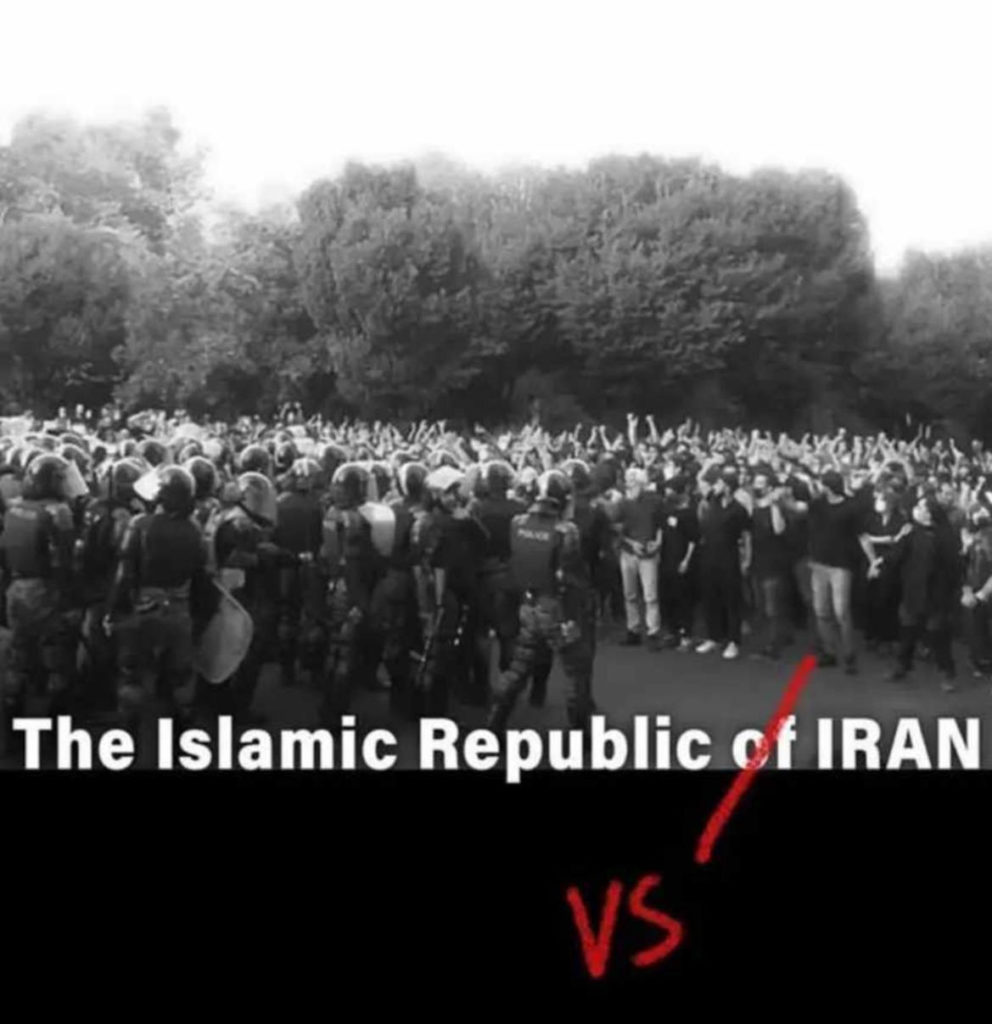
FM: But what is special about this one is that it is across classes, across ethnic groups, including men and women, as well as large cities and small towns, even the religious and conservative ones. This is by far the most expansive of all the movements we have seen in the country so far.
MM: In the 1990s, it was mainly university students, and they were repressed harshly—several of them were killed inside the universities. Then in 2009, during what is known as the Green Movement, students, teachers and ordinary people came out in anger over the changed results of the presidential election, saying “Where is my vote?” This too was harshly repressed. And then in 2017, it was women, we call them “girls of Enghelab Street,” they stood on a platform and waved their hijabs on sticks, and were arrested. But in 2017, with economic crisis and more people feeling poverty, more working-class members came to the protest scenes. In 2018, two big national companies became private, and workers who didn’t receive their salaries sparked large-scale protests; and in 2019, teachers, workers, and bus drivers joined together. But then under the pretense of COVID the state oppressed these movements and arrested their leading figures, who are still in prison.
FM: COVID perhaps postponed the explosion we see today. Another development in 2020 was the US strike against Suleimani, the high profile general of Islamic Revolutionary Guard Council (IRGC), for which Iranian government was keen to retaliate, by mistake hitting the Ukrainian passenger flight, killing 176 passengers and crew on board. They didn’t apologize, nor accept accountability. The families of victims abroad, many of them Canadian-Iranian, built a network of organizing oversees, a movement of solidarity around the world which has resulted in the 2022 solidarity marches we have seen recently all over the world, including the 80,000-strong Berlin rally last month. This time the world seems to be hearing.
Pi: What are some of the characteristic things people are doing on the streets, creative ways that people are taking action and spreading the word?
MM: One of the most symbolic ones is putting their hijab on fire. And I think now it’s a symbol of the movement. You know, sometimes when people are angry, they put a flag on fire all around the world. But this time in Iran, no one is burning flags, they’re burning scarves because they think this is a symbol of Islamic ideology, oppressing and controlling people. So they are not against Islam, against hijab. But they are against this mandatory form of forcing all women to use hijab.
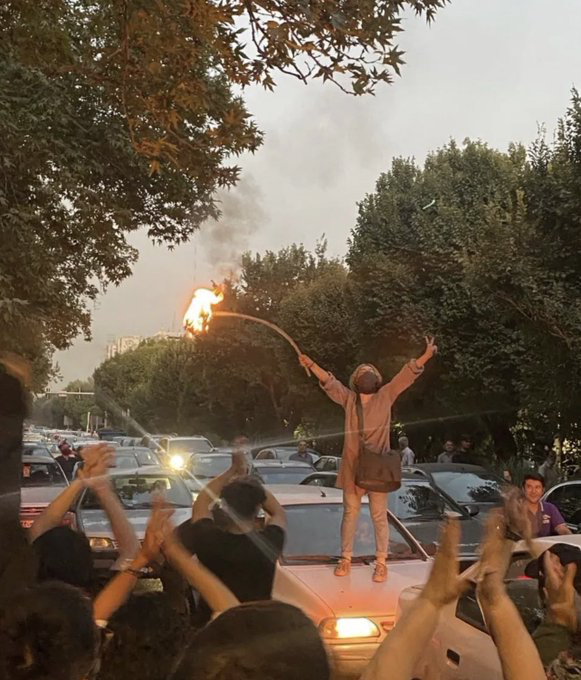
Iranian woman burning her headscarf in protest
FM: This is a revolutionary movement that is woman-centered and feminine in the ways in which it organizes and expresses itself. Because the rulling regime oppresses beauty, joy, love, anything that is really life, this movement fights back through singing, music, celebration of love and beautiful things. It has been incredibly creative on the artistic side and also in its ways of turning means of women’s oppression and even shame on its head. For example young girls and women use sanitary pads, an object associated with shame for young girls, to fight the regime surveillance in subway compartments. On one occasion the woman who took off her hijab and started chanting was identified by security cameras. So women started using the tape on the pads’ flaps to coverup the cameras.
MM: Another very interesting thing is people on the street are creating a new language, the meaning of words are changing. In the past, the meaning of women’s freedom was wearing hijab. And now they are saying the same word and they are putting their scarves on fire.
FM: And even men are participating in using the terminology of referring to men, the president or whoever forcing women to wear hijab, you are the pervert, you are immoral.
MM: It’s very horizontal, also, neighborhoods are active. And from outside, we don’t know who’s the leader. But in terms of having a leader from the “elite” it is a leaderless movement.
FM: An interesting example of its horizontality is what people on the ground refer to as “garbeage regime,” because people meet and organize around the garbage bins when they put their trash out for pickup every evening by 9 pm. Those have become the points in which neighbors talk with each other about who got arrested, who got shot, what are we going to do?
MM: The history of Shura [councils] in Iran goes back 130 years. About 80 years ago, after the excile of the first [Shah] Pahlavi, we see the fast growth of the Tudah party, the biggest Communist Party in the region. And then after and before the 1979 revolution, a lot of student organizations, labor organizations. So, historically, we are very familiar with working together. And after the revolution, although the state did anything they could to destroy all these independent organizations, we see them, especially within the student movement, teachers’ movement, women’s movement, and also labor movements. And during the last two years, many activists went to poor neighborhoods, lower-class neighborhoods, worked with women, with young people to empower them. So automatically they also developed a network in those neighborhoods.
Pi: What gives you hope that this movement will succeed or create change where others in the past haven’t?
FM: They’ve already succeeded, a cultural revolution has already taken place, in terms of men coming out in defense of women and demanding gender equity. The conversations inside homes and families are incredible. There is no way back. This is historical memory that doesn’t disappear.
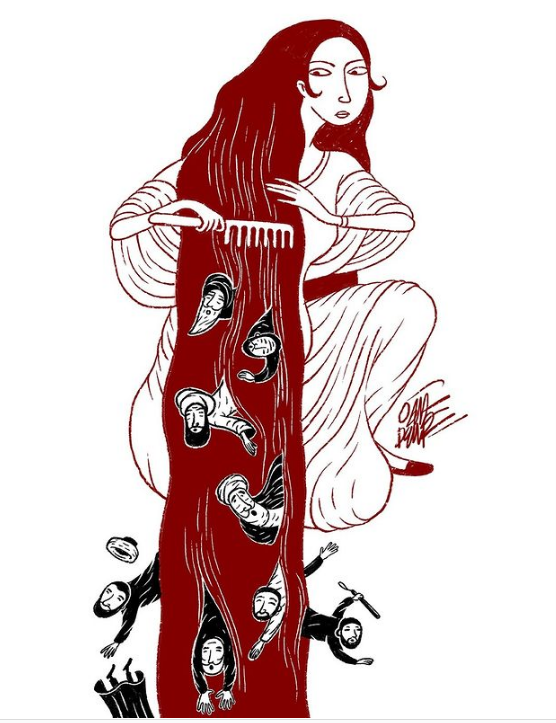
“You can’t force people into your paradise,” graphic by Oğuz Demir
MM: And I can tell you, we have no news about what’s happening within the state. What we hear is about what’s happening to the movement. And as movements are getting more open, states are getting more closed. We don’t know what’s happening, some things come out; yesterday, one of the most key figures of support, very high-ranking, resigned. I think within people the movement has created a new subjectivity. This new subjectivity believes in its power: “we can do something and the state cannot take it away.” This is a revolutionary process happening within a progressive movement.
Part 2 of this interview, on the US’s role and how Western progressives should approach the situation, will appear next issue.
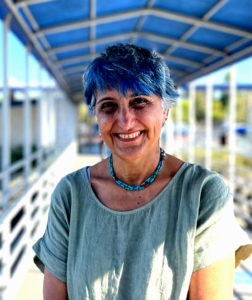
Faranak Miraftab teaches Urban Planning, Women’s Studies and Geography UIUC. She left Iran in 1982, receiving political asylum in Norway. Her research concerns urban movements and grassroots organizing in cities of the Global South.
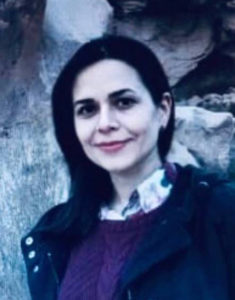
Mahbubeh Moqadam is a Ph.D student in Sociology at UIUC. She studied in Iran and Turkey before arriving in the US right before COVID-19, getting her Master’s in sociology and certificate in Gender and Women’s Studies, both at Syracuse University. Her research is on the formation of modern states and social movements in the Middle East.
1,212 total views, 3 views today